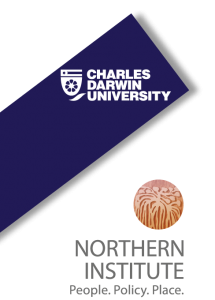Milingimbi Water: Djäka gapuwu ŋamathaŋ – Care properly for our water
Funding: Power Water
Duration: 2009 -2010
Location: Milingimbi and Darwin
Summary
Power Water Community engagement project
- Designing and facilitating a collaborative project to improve engagement within Milingimbi community over issues of water management.
- A best practice example of community consultation and community engagement/ empowerment/capacity building in regard to management of resources.

In 2009, the NT Power and Water Corporation approached the Yolŋu Aboriginal Consultancy Initiative at Charles Darwin University to propose a collaborative project to examine and improve engagement with Milingimbi community over issues of water management. The project was also envisioned as a best practice example of community consultation and engagement that could be used as a model in other communities to support the roll out of the Power and Water Community Water Planning Initiative.
In preliminary meetings with representatives from Power and Water, East Arnhem Shire, and Territory Housing, we decided upon a community consultation in which two sides of the water story would be told – the Yolŋu side, and the Power and Water side. We proposed that the community story telling process would lead to discussions about ways forward with community engagement around water management. Posters and leaflets illustrating some of the Power and Water story were prepared in consultation with Power and Water.
Other resources that were used during the consultations included; bore reports, maps, satellite images and Power and Water publications. Consultations were held at Milingimbi over four days. Visits were made to people’s homes, to government agencies, and to significant sites around the island including the bores and tanks. People talked about Yolŋu traditional knowledge of water, and the history of water since before the mission days. They talked about their understanding of contemporary water technology and use, how water should be cared for, and how Yolŋu are, and could be involved in water management. The project was completed in 2010.


